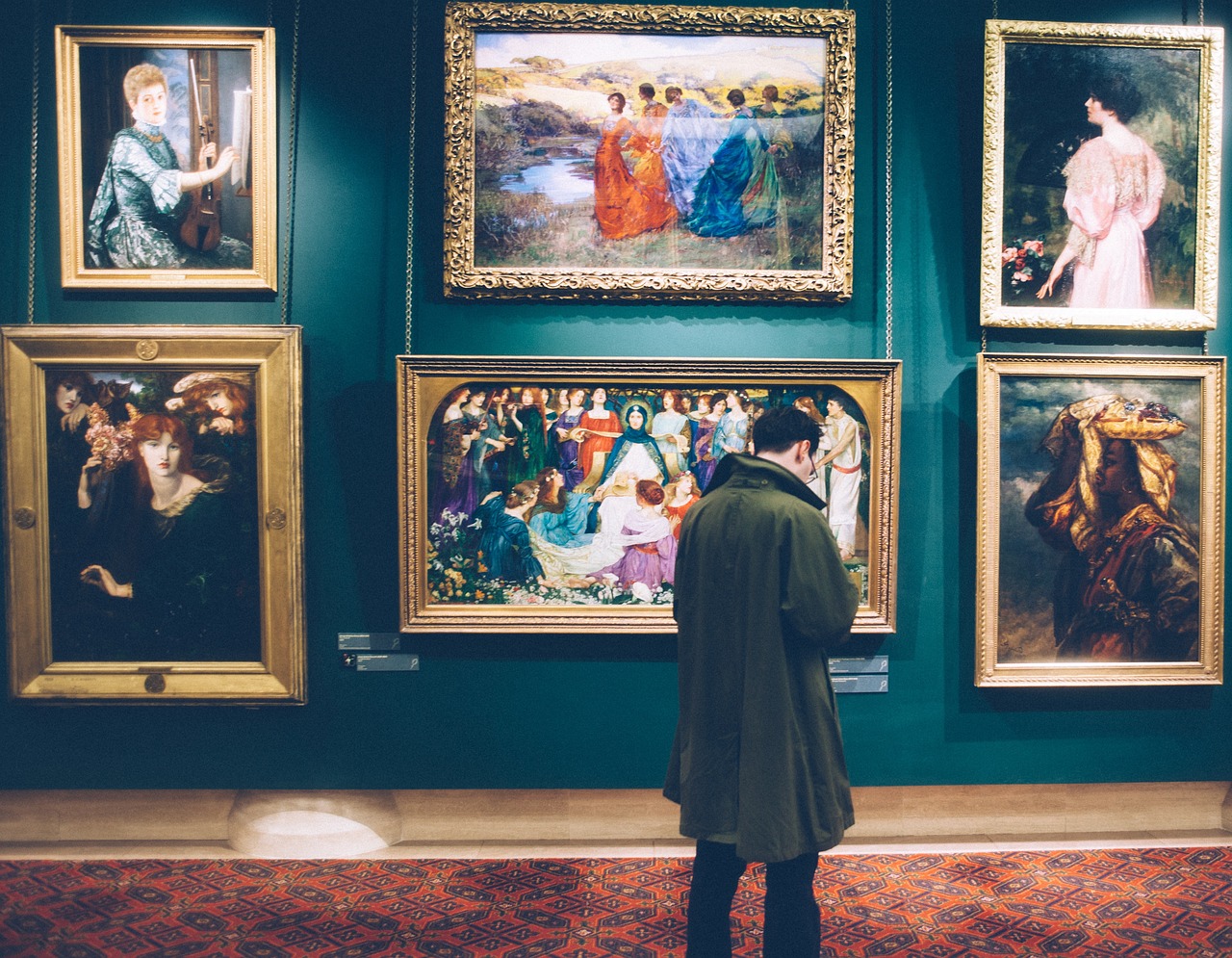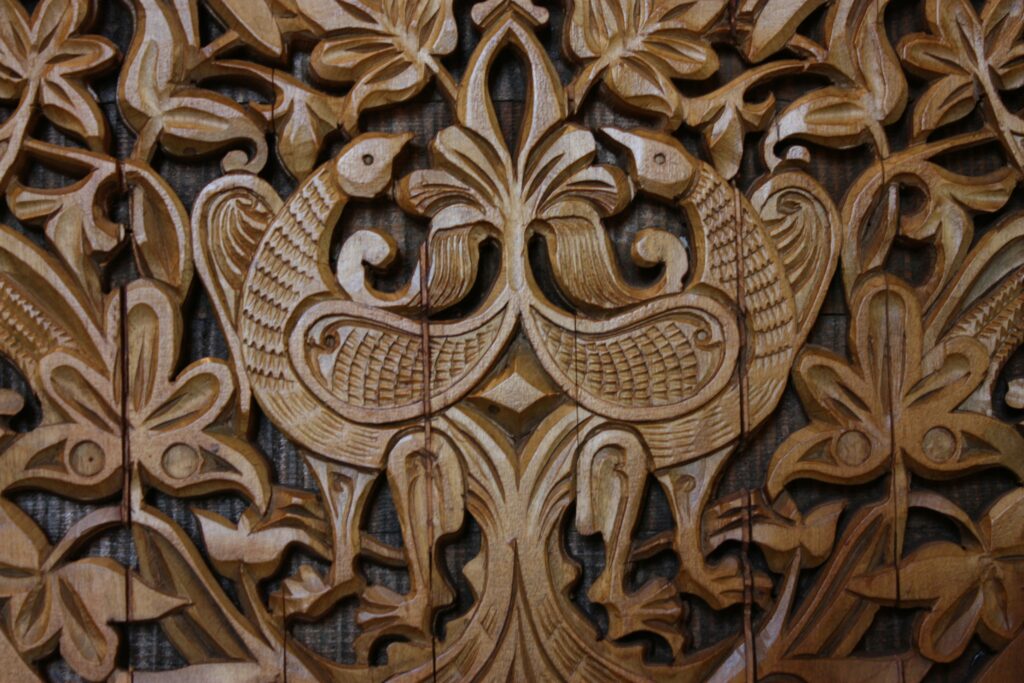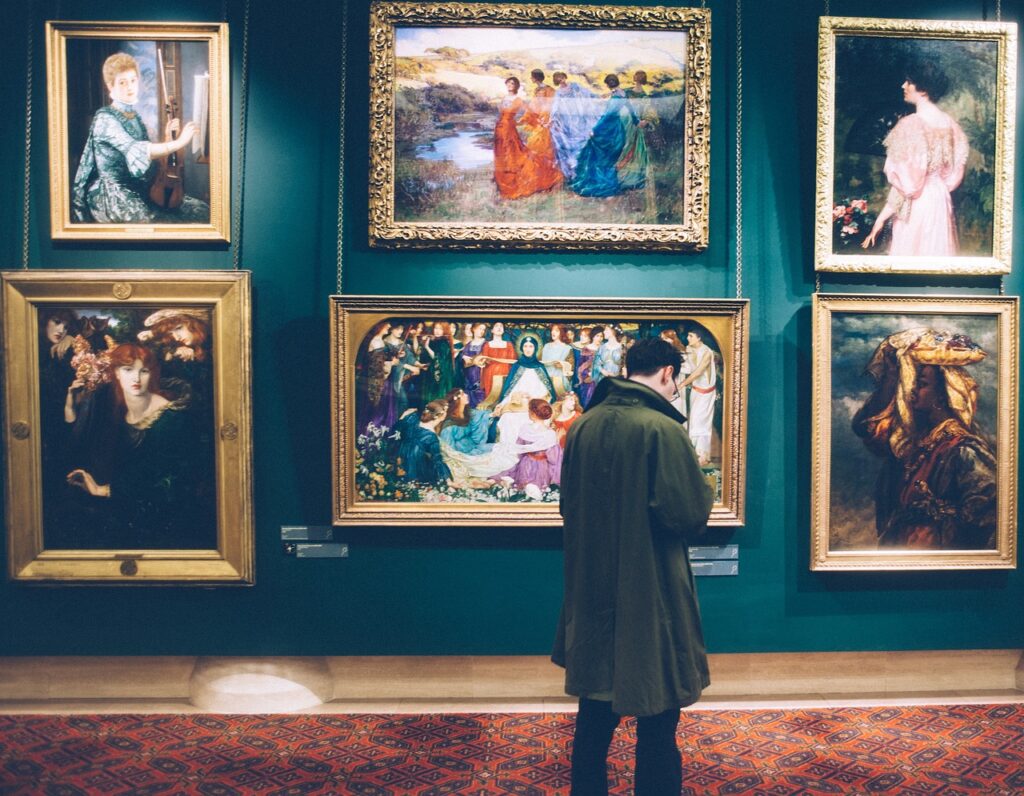
Art has always been about more than what you see on the surface. Classical creators had a knack for embedding secret meanings and stories into their works. From the Renaissance to the Baroque period, these artists used their paint brushes to convey messages about religion, society, and politics, often hiding them in plain sight.
It can take a trained eye to spot them, as the National Gallery in London highlights. But once you learn the common themes and symbols to look for, you could begin to pick up on these clandestine messages. Explore the hidden agendas of famous artists and artworks below.
The language of symbols
Symbols are the secret code of art. Everything in a classic painting—from the colour of a dress to the way someone is standing—could carry deeper implications.
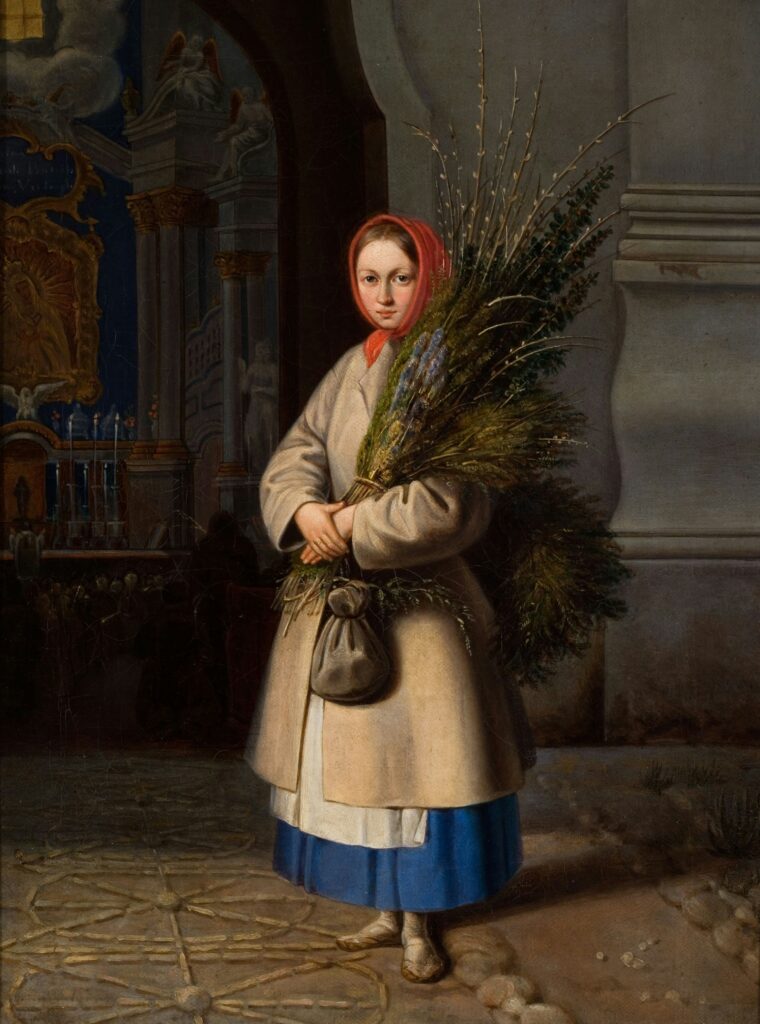
For example, flowers in portraits often had secondary meanings. A lily might stand for purity or the Virgin Mary, while a rose could signify love or sacrifice. Alternatively, in Jan van Eyck’s The Arnolfini Portrait, a single lit candle in a chandelier is believed to represent the presence of God, potentially marking the sanctity of marriage.
Religious iconography
Religious themes dominate classical pieces too. This was especially true during the Renaissance, when the Church was among the main supporters of the arts.
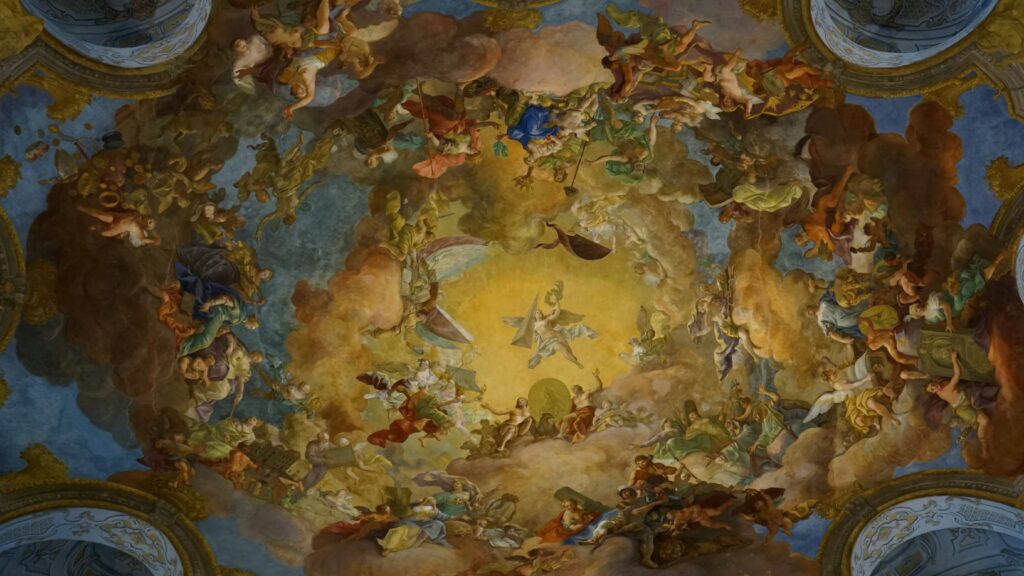
Artists like Michelangelo and Raphael filled their works with religious symbols that could carry personal messages or critiques. For instance, Michelangelo’s depiction of God separating light from darkness on the Sistine Chapel ceiling is seen by some as his reflection on divine power.
Memento mori
The idea of memento mori, Latin for “remember you must die” as explained by the Tate, is another common tool used in the works of old. It’s seen as a reminder of mortality and the fleeting nature of life, often represented through skulls, hourglasses, or dying flowers.
In Hans Holbein’s The Ambassadors, a distorted skull at the feet of two main figures offers a stark reminder of death amidst luxurious surroundings. This contrast forces you to think about the temporary nature of wealth and power against the inevitability of death.
Political and social commentary
Artists have also used their works to comment on the political and social issues of their time, often disguising critiques to avoid censorship or backlash.
For example, Pieter Bruegel the Elder’s The Fight Between Carnival and Lent can be seen as his take on the tension between hedonism and religious austerity. This debate reflected broader social dynamics in 16th-century Europe.
Do you feel you could uncover new interpretations on your next trip to a gallery? Whatever the techniques they used, these hidden messages show how engaged classical artists were with the wider world around them. Thankfully, our understanding of these masterpieces grows as modern technology and research help to uncover their secrets.
